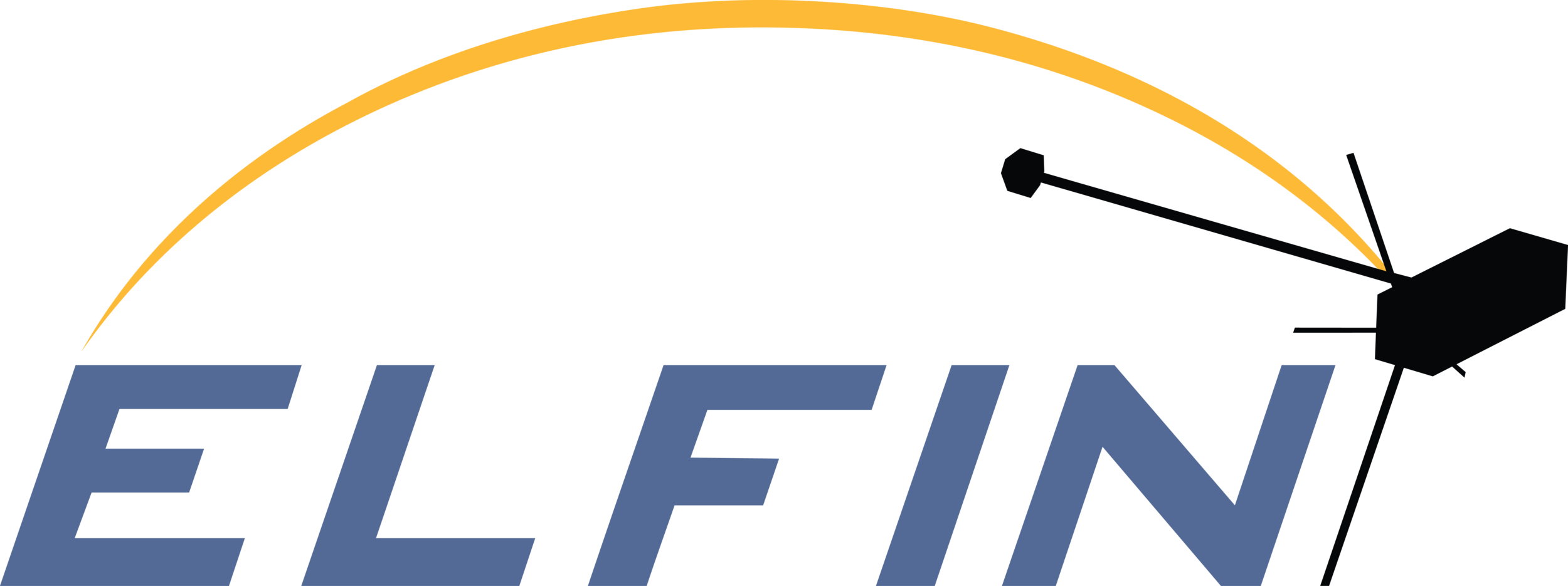Knudsen North Earth Station
To view a list of tracked satellites or to request this station listen to a pass, see details below.
Overview
Knudsen North serves as UCLA’s primary Earth Station for ELFIN, with VHF (2m) uplink and UHF (70cm) downlink antennas. It provides a higher gain than the traditional OSCAR-class amateur radio station to allow ELFIN’s transmitter to be operated at a lower level.
The Knudsen station supports other university nanosatellite missions. This helps demonstrate technical capability, improves and maintains our proficiency, and fosters relationships within the nanosatellite and amateur radio communities that will be beneficial for ELFIN’s launch and early orbit operations. Please contact us at elfin@igpp.ucla.edu if you’re interested in having this station listen to a pass for you.
Main features of the Knudsen Station include:
Quad array 436CP42UG cross polarized UHF Yagis
Two 2MCP22 circularly polarized VHF yagis
AlphaSpid’s RAS rotor with a Green Heron RT-21 Az-El controller
Two FunCube Dongles Pro+'s with power splitter for RX (this is pending test results, may go back to USRP N210)
Icom IC-910H for TX
Hamlib to control rotors/ custom tracking script using PyEphem and TLEs
.
Details
UHF/VHF Antenna
UHF/VHF Gain (Est)
Polarization
Preamplifier
Noise Figure ( with additional ZRL-700+)
Gain
Amplifier
Output Power
Rotor
Vertical Load
Torque
Break Torque
Coax
dB/100m @ 150MHz
dB/100m @ 450MHz
Run Length (Est)
436CP42UG (4x) / 2MCP22 (2x) with 17.39 dBi (14.39 typical + 3 from phasing)
24.9dBi / 9.2dBi
Circular
LNA 70 with mast housing (1x, after a 70cm 4 port power divider)
– 2.0 dB
– 30 dB +/- 1 dB
500 W
AlphaSpid RAS
250kg
158 N m
1582 N m
LMR-400 (UHF) / LMR-400 (VHF) / LMR-900 (run to shed)
5.0 / 2.2
8.9 / 3.8
10m / 15m
Array
We have two arrays mounted on top of a RT-1832 tower and controlled with an AlphaSpid RAS rotor. One is a quad array of 436CP42UG cross polarized UHF Yagis, arranged in 2×2 fashion with 6 ft spacing. The uplink is handled by a pair of 2MCP22 circularly polarized VHF yagis. The vertical mast is a hollow aluminum rod, while the cross braces are hollow fiberglass rods.
The preamps will not initially be switchable because the satellite uplink is on VHF, so there is no need for the added complexity for ELFIN. However, adding a switching circuit is a possible upscope to allow UHF uplinks to support other missions. The system uses LMR-400 coax cable from antennas to the port divider (70M-4PORT). From the port dividers at the base of the tower, we will use a thicker coax (LMR-900) for the ~6m run to the shed.
Rotor Control System
More info to come…
Electronics
On the UHF (downlink) side, we are using a bandpass filter (DCI-435-10C) fed into an LNA70 followed by a ZRL-700+ into a power splitter (PD-1000-2S) feeding the signal to 2 FCD Pro + to simultaneously downlink from ELFIN A and ELFIN B
On the transmit site, we’re using an Icom IC910-H radio as the transmitter, with a Kantronics KPC-9612+ hardware TNC. From the Kantronics, data will be routed to a fanless industrial computer and then piped back to the Mission Operation Center. Both 120VAC and 13.8VDC (Anderson Powerpole) is available, and a backup power supply sized for 24 hours is also planned.
Shed
We’re using an Arrow Brentwood 5’x4′ shed for our main rooftop electronics. The shed sits atop two plastic pallets to protect the roof’s weather membrane, allow runoff water to flow underneath and also increase ventilation in the shed. There is a roof fan to increase ventilation, and the shed has a reflective painting to increase the albedo. These measures are designed to reduce overall temperatures in the shed and improve the life of equipment stored there.


